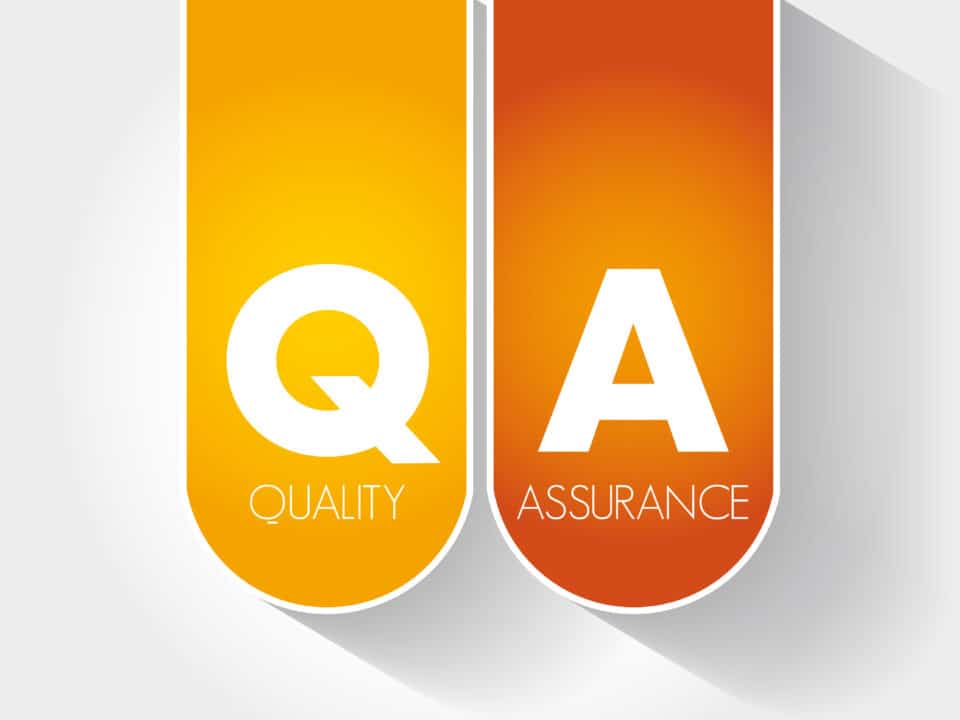
Finding the Perfect Fit: Comparing US-Based and Globally-Sourced Virtual Medical Scribes
June 5, 2023
The Future of Medical Scribing: Emerging Trends and Technologies
June 7, 2023Pre-Charting: Empowering Physicians with Virtual Scribe Support for Operational Excellence
In today’s fast-paced healthcare landscape, where time is a precious commodity, medical professionals are constantly seeking innovative solutions to improve operational efficiency without compromising patient care. One such solution that has gained significant attention is the utilization of virtual medical scribes and pre-charting. By leveraging pre-charting techniques, virtual medical scribes and physicians can streamline the documentation process, optimize workflow, and enhance overall operational efficiency. In this blog, we will evaluate the concept of pre-charting, its benefits, and how virtual medical scribes and physicians can collaborate to transform the healthcare documentation landscape.
Understanding Pre-Charting
Pre-charting refers to the process of gathering and organizing patient information prior to a medical encounter. This proactive approach allows virtual medical scribes to compile essential patient data, update electronic health records (EHRs), and prepare the groundwork for the physician’s review. Completing these tasks before the patient visit saves valuable time during the encounter, enabling physicians to focus on patient care and diagnosis.
Benefits of Pre-Charting
- Time Optimization: By offloading the responsibility of data collection and documentation to virtual medical scribes, physicians can reclaim valuable time. Pre-charting ensures that patient information is readily available, eliminating the need for physicians to sift through records during the visit. As a result, medical professionals can allocate more time to direct patient care, leading to improved patient satisfaction and outcomes.
- Enhanced Workflow: Pre-charting improves workflow efficiency by reducing administrative burden. Medical virtual scribes can efficiently compile patient demographics, medical history, and previous records, thereby streamlining the documentation process. This seamless workflow enables physicians to access accurate and up-to-date patient information, facilitating informed decision-making and effective treatment planning.
- Improved Accuracy and Completeness: Virtual medical scribes, trained in medical terminology and documentation standards, ensure accurate and complete recording of patient data. Pre-charting allows scribes to meticulously review previous records, verify information, and cross-reference it with the patient’s input. This attention to detail reduces errors, enhances data quality, and contributes to a more comprehensive patient profile.
- Facilitates Communication and Collaboration: Virtual medical scribes can collaborate with physicians remotely, enabling seamless communication and information exchange. Through pre-charting, scribes can prepare a summary of the patient’s medical history, ongoing treatments, and relevant test results. This concise overview empowers physicians to quickly grasp the patient’s situation, facilitate effective communication, and make informed decisions during the visit.
- Customization and Template Preparation: Pre-charting allows virtual medical scribes to populate customized templates or forms tailored to specific medical procedures or exams. Physicians can expedite documentation during patient encounters by having these templates readily available. This standardization saves time and ensures consistent and accurate documentation among healthcare providers.
Collaboration between Virtual Medical Scribes and Physicians
The synergy between virtual medical scribes and physicians is crucial for harnessing the benefits of pre-charting. Here are some proven practices that help achieve effective collaboration:
- Clear Communication Channels: Physicians and virtual medical scribes should establish reliable communication channels to ensure a smooth workflow. Real-time messaging scribe platforms may help facilitate prompt information exchange, addressing any queries or clarifications during pre-charting.
- Comprehensive Training: Prior to hire, virtual medical scribes should undergo thorough training on medical terminology, EHR systems, and privacy regulations. Equipped with the necessary knowledge and skills, scribes can efficiently navigate EHRs, extract pertinent patient information, and ensure compliance with data protection protocols.
- Feedback and Continuous Improvement: Physicians should provide feedback to virtual medical scribes regarding the quality and accuracy of pre-charted information. This feedback loop helps scribes refine their documentation skills, adapt to specific physician preferences, and continuously improve their support to healthcare providers.
- Customization and Template Preparation: Physicians should actively review pre-charted information before patient encounters. This ensures that physicians are aware of the patient’s medical history, recent updates, and any potential red flags. Reviewing the pre-charted data together allows physicians to address any discrepancies or additional concerns, aligning their understanding of the patient’s situation.
Unleash the Potential of Pre-Charting with AxiScribe
Pre-charting has the potential to revolutionize operational efficiency in the healthcare setting. By leveraging the expertise of virtual scribes, physicians can optimize workflow, save time, and focus on delivering exceptional patient care. If you’re ready to leverage the benefits of pre-charting, we encourage you to explore Athreon’s virtual medical scribing service, AxiScribe. With their team of highly qualified virtual medical scribes, Athreon can provide the support you need for efficient pre-charting and a host of other healthcare documentation solutions, ensuring accurate and comprehensive EHR data entry. Partner with Athreon, rated the best medical scribing company by growing numbers of physicians across the United States, to streamline your patient charting and experience the transformative impact of virtual medical scribing.





